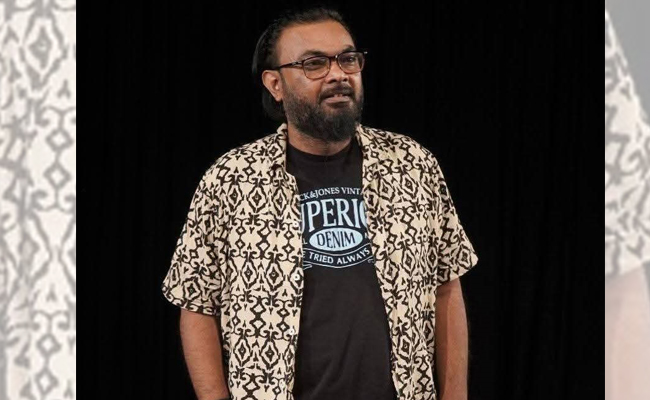

"Roadmap for the Development of Football in Bangladesh (2025–2035)".
Football has always been one of the most popular sports in Bangladesh. However, despite its popularity, the nation has not yet achieved the desired level of success. To change this trajectory, a comprehensive and long-term roadmap is essential. This 10-year strategic plan (2025–2035) outlines the key phases of reform and development required to transform Bangladesh football into a competitive force in Asia and beyond.
Phase-1: Short-Term Plan (2025–2027): A)Establishing the Foundation.B)Infrastructure Development. C)Introducing transparency and efficiency in the Bangladesh Football Federation (BFF). D)Launch structured district and upazila Football Leagues.E)Establish at least one modern training center) in every district.
Coaching & Training: A)Train and certify local coaches through UEFA/AFC license programs while leveraging expertise from foreign coaches.B)Integrate football as a compulsory extracurricular activity in primary and secondary schools.C)Youth Development.D)Establish dedicated academies for U-13, U-15, and U-17 categories.E)Align local tournaments with age-based leagues to ensure structured talent progression.
Phase- 2: Mid-Term Plan (2028–2031) – Building Talent and Competitiveness.
A) Domestic League Reform: Transform the Bangladesh Premier League (BPL) into a commercially viable product through broadcasting rights, sponsorships, and franchise-based models. B)Structure the league into 2–3 competitive tiers Premier League, Championship, Division League. C)Make age-based teams mandatory for every professional club. D)International Participation. E)Organize at least 6–8 international friendlies annually during FIFA windows. F)Ensure regular participation in SAFF, Asian Games, and AFC competitions with clear performance targets. G)Facilitate opportunities for Bangladeshi players to join foreign leagues (e.g., ISL, Malaysia, Japan, Qatar). H)Infrastructure Expansion. I)Build international-standard stadiums and training facilities in Dhaka, Chattogram, Sylhet, Khulna, and Rajshahi. J) Establish modern support systems including sports science, medical facilities, and nutrition programs.
Phase III: Long-Term Plan (2032–2035) – Competing at the Global Stage.
A)National Team Development. B)Target regular qualification for the AFC Asian Cup final rounds. C)Achieve entry into FIFA’s Top 100 by 2035. D)Ensure at least 10–15 Bangladeshi players are competing in top-tier leagues across Europe and Asia. E)Football Economy. F)Develop football as a self-sustaining sector through corporate sponsorship, merchandising, and broadcasting revenue. G)Create employment opportunities at the grassroots level (coaches, referees, technical staff).
Women’s Football : Expand the Women’s League and establish age-specific women’s academies. Consolidate Bangladesh’s position as a leader in South Asian women’s football and compete effectively at the Asian level.
Targets and Milestones(2025–2035):
2027: Win the SAFF Championship.
2029: Ensure regular participation in AFC U-19 and U-23 final rounds.
2031: Qualify for the AFC Asian Cup final round.
2033: Enter FIFA Top 120 rankings.
2035: Reach FIFA Top 100 and establish Bangladesh as a mid-tier Asian football nation.
Implementation Strategy: Successful execution of this roadmap requires joint efforts from: A)The Ministry of Youth and Sports. B)Bangladesh Football Federation (BFF). C)Corporate sponsors and private sector partners.
D)Media stakeholders. E)Grassroots organizations and the general public.
To be continued…
Author:
Mohammad Asaduzzaman Faruque.
Sports Reporter & Columnist.
